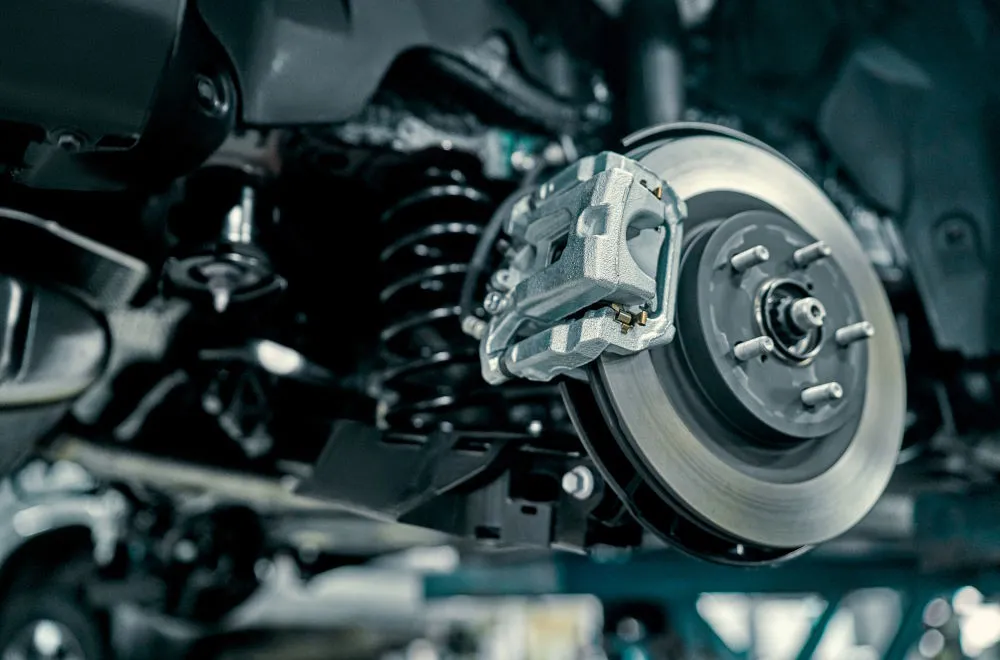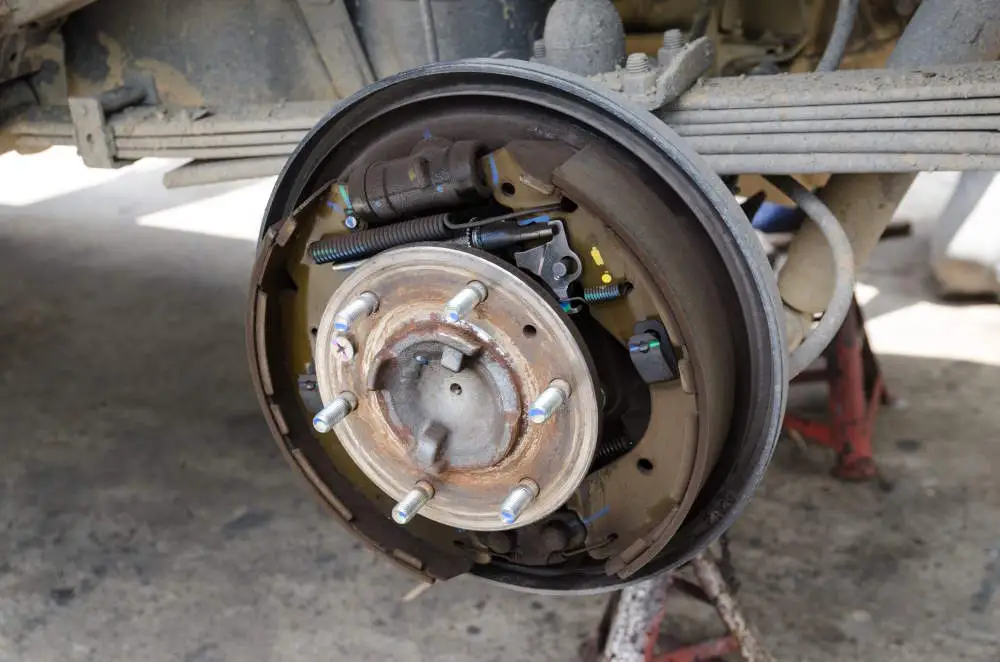How Brakes Work
Vehicle brakes involve many different components working together to help motorists stop and manoeuvre their vehicle in a controlled manner. On this page, the Kwik Fit experts will run you through the intricacies and functions of the core brake components.
A guide to vehicle brakes
There are two types of brake assembly commonly available – disc brakes and drum brakes. In addition, the majority of modern cars are fitted with ABS (anti-lock braking systems) as standard.
The typical key components of your vehicle braking system include a master cylinder, servo, brake calipers, brake fluid, ABS/ESP unit, cylinders, and finally discs and pads (or drums and shoes depending on the type of brakes). All the components are linked by a series of brake hoses and brake pipes. Below we’ll cover how these parts work in conjunction to stop your vehicle.
How Discs Work On Brakes
From the moment you spot an upcoming hazard to when you grind to a halt, your vehicle’s brakes are working hard to stop your vehicle safely. Let’s walk through that process from end to end (for both disc and drum brakes).
- Brake pedal activation: You need to slow down your car so you put your foot on the brake. The brake pedal is pressed and the master cylinder (located in the engine compartment) gets mechanically engaged.
- Master cylinder filling: The master cylinder fills with brake fluid that, as the pedal is depressed, gets exposed to hydraulic pressure.
- Hydraulic press transmission: This pressure forces the brake fluid to quickly move through a complex network of brake pipes and hoses which extend out to each wheel.
- Wheel hub pistons activate: At each wheel, the fluid under pressure activates the pistons in the hub assembly. These pistons are part of the brake callipers or drum brake system.
- Friction materials: The pistons then push the brake pads (in disc brakes) or shoes (in drum brakes) against the rotating brake disc or drum.
- The vehicle slows: As a result of the contact between the brake pads or shoes and the rotating parts, friction is created and effectively slows down the wheels and helps bring the vehicle to a stop.
While the steps we’ve laid out were simple, the mechanics of your brakes are far from it. So, keep them in good working order and get them serviced regularly by booking in for a free brake check or brake fluid replacements at Kwik Fit.
How do disc brakes work?
Shining a spotlight on disc brakes first, a disc brake system consists of a brake disc, a brake calliper, and brake pads.
- When the brake pedal is applied, pressurised hydraulic fluid squeezes the brake pad friction material against the surface of the rotating brake disc.
- The result of this contact produces friction which enables the vehicle to slow down or stop.

How do drum brakes work?
A drum brake system consists of hydraulic wheel cylinders, brake shoes and a brake drum.
- When the brake pedal is applied the two curved brake shoes, which have a friction material lining, are forced by hydraulic wheel cylinders against the inner surface of a rotating brake drum.
- The result of this contact produces friction which enables the vehicle to slow down or stop.

What is ABS and how does it work?
Anti-lock braking systems (ABS) work by limiting, applying, and releasing the pressure to any wheel that decelerates too quickly. This allows maximum stopping force to be applied without the brakes locking up and the car skidding. Your vehicle’s ABS tests itself each time the ignition is turned on. If a defect is detected for whatever reason, the ABS turns itself off and the normal braking system is used on its own. The ABS warning light will inform the driver of a defect in the system.
Is the handbrake different to normal brakes?
The handbrake or ‘parking brake’ is a lever mechanism that is applied to hold a vehicle in a parked position. Whereas the foot brakes are applied by a foot pedal and control brakes on the front wheels, the handbrake activates braking components at the rear of the vehicle's braking system that are designed to lock the wheels in place.
Brakes are in use more often when driving around town than on a motorway journey, not forgetting that you may need to use your brakes to stop your vehicle quickly in an emergency. So maintaining an effective vehicle braking system should be a top priority for every motorist.
More vehicle brake information
Want to know more about vehicle brakes and how they work? Got a question about maintaining your brakes? Head to our Brake FAQ page for all the information you need. In the meantime, let us point you in the right direction of some of our handy braking blogs to help.






